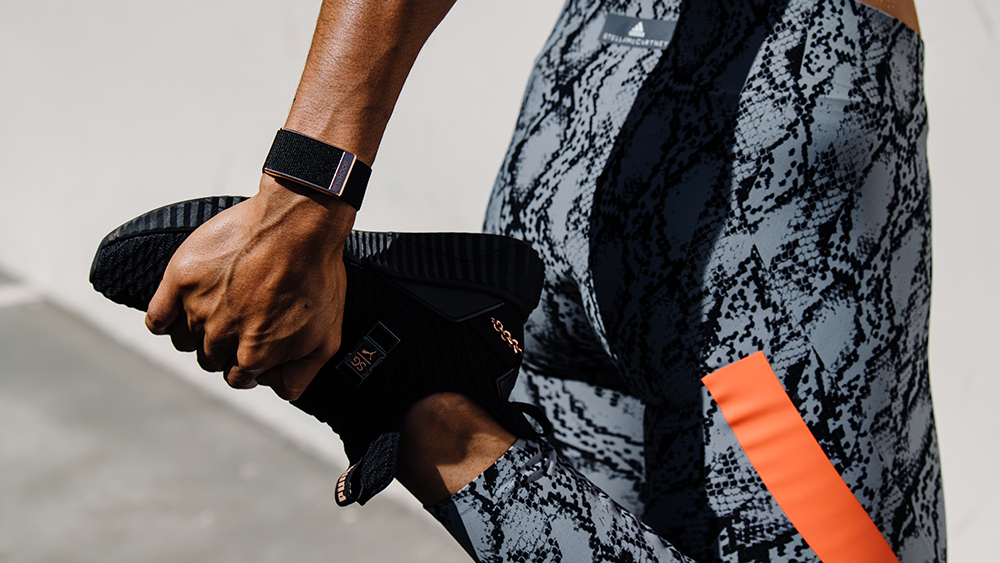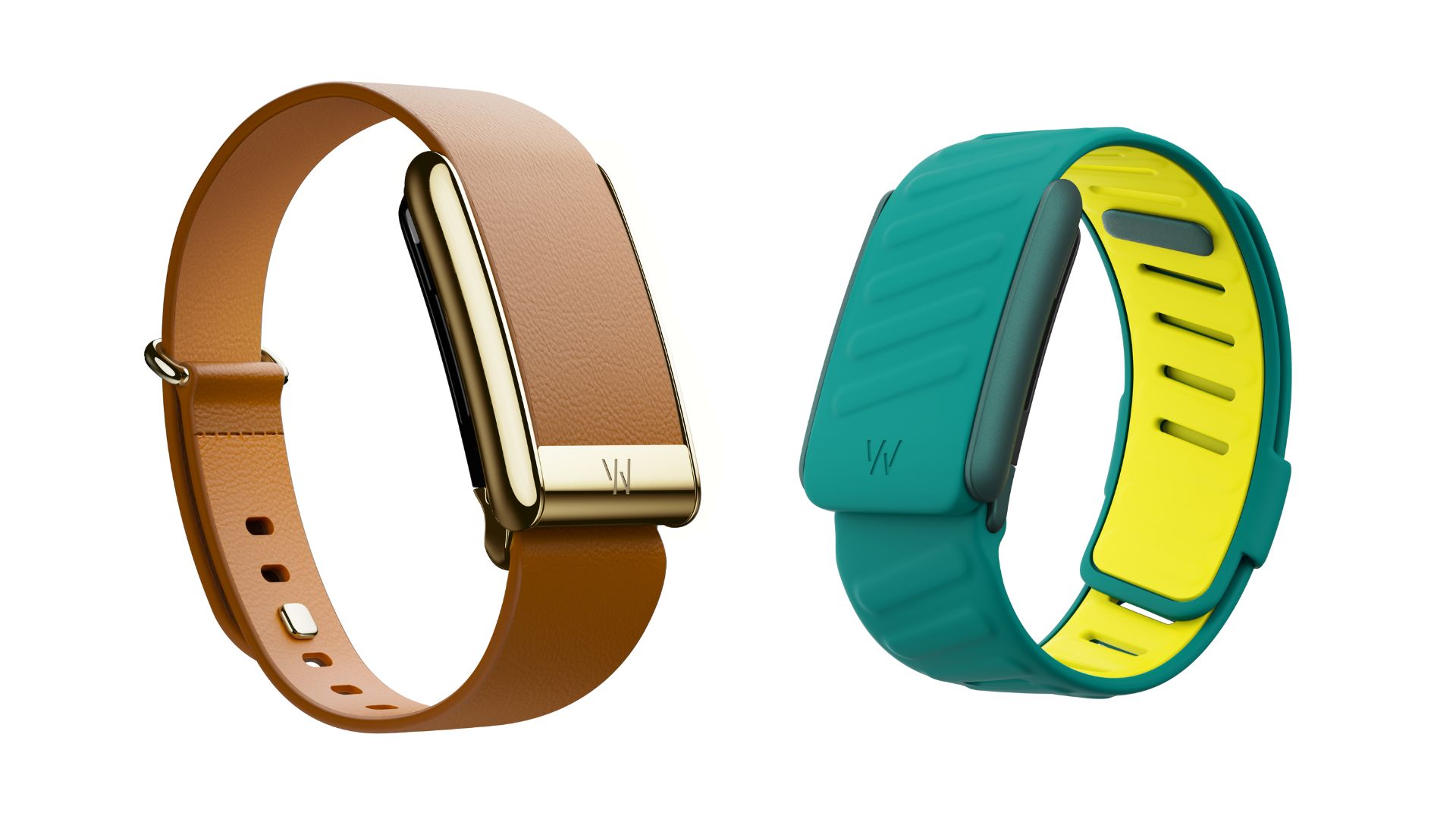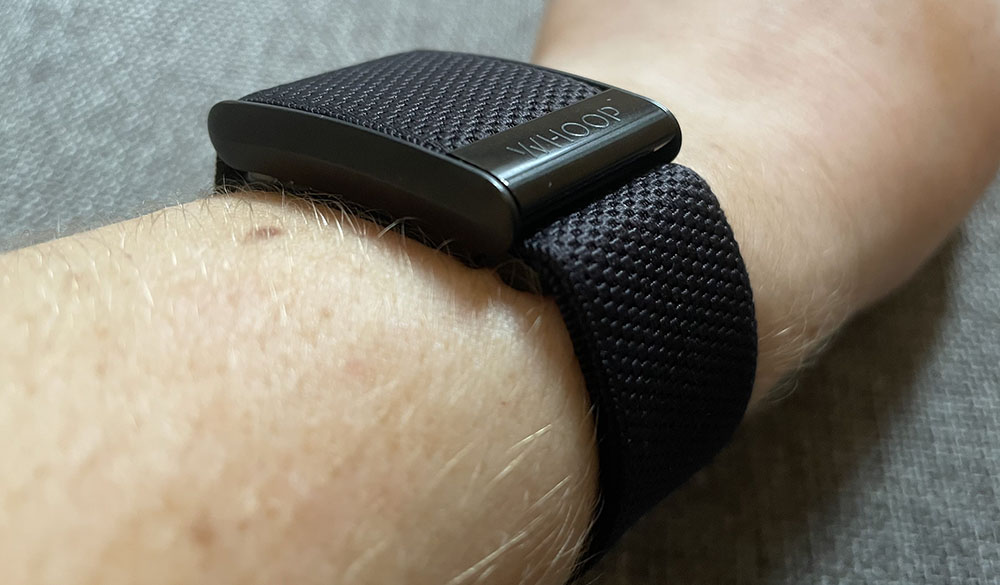From Garmin to Whoop and Polar, the rise in fitness tech subscriptions is a sign that one day we'll own nothing
Fitness tech has truly embraced a subscription-based economy

Sometimes, when I’m in my local gym, I think about a quote I read a few years ago: “You’ll own nothing, and be happy”.
Its origins are murky, but as far as I can tell it’s paraphrased from an essay by Danish politician Ida Auken, and it’s about the possibility of a sharing economy. It postulates what might happen if the author lived in a city in which none of the inhabitants owned anything, and everything was shared. Just like a gym.
These days, the phrase has been co-opted to discuss the rise of subscription services such as the best streaming services like Netflix and Amazon Prime for TV and movies, Spotify for music, and games companies forcing users to buy digital one-use licenses instead of physical copies that can be resold or passed on.
It’s sometimes used online with the same sort of tone as "freedom is slavery" from 1984: a disingenuous attempt by the rich to convince us to surrender everything we own and rent it from them in perpetuity.
Netflix offers me a vast library of TV and movies to gorge upon, but I rent access to those films. I even opted for the cheaper service, which displays unskippable adverts between shows, and won’t let me watch in 4K. If I stop paying altogether, I forfeit access to Netflix’s library of content.
YouTube I can use for free, but it shows me ads based on my browsing history, so I pay with my lack of data privacy rather than upgrading to the Premium service.

One day soon, I’m sure I’m going to get in a car – mine or someone else’s – that will have a feature, such as a built-in dashcam with cloud storage, or seatwarmers, that the owner can't use because they aren’t paying the extra monthly subscription fee, or they didn’t pay the one-off fee to download the add-on software required.
Sign up for breaking news, reviews, opinion, top tech deals, and more.
I know this is the fitness channel and you’re expecting to hear about deadlifts rather than downloads, but please bear with me. This week, Whoop announced two new devices, its first hardware drop in four years – the Whoop 5.0 and the premium Whoop MG. Whoop’s business model is different from the other best fitness trackers and smartwatches, in that you don’t need to buy the device up-front: you pay for the app via a subscription-based model, and the device comes ‘free’.
Whoop’s been doing this for many years, but something it’s doing differently this time is three subscription tiers, for two devices: one top-end tier for the Whoop MG, and two subscriptions for the Whoop 5.0. Whoop Peak enables all the features of the Whoop 5.0, while Whoop One (a new, cheaper tier) locks some of them behind the Whoop Peak paywall. This cheaper tier is generally a good thing; it’s nice that Whoop seems to be moving from a wearable exclusively for the fitness elite, who can afford the more costly monthly sub, to a slightly more accessible device.

Subscription services in fitness are nothing new, but usually, you buy the device outright, get a certain amount of features with the purchase, and some continuous add-ons are available with a monthly subscription plan. That could be the new Garmin Connect+ or Garmin’s older Outdoor Maps+ service, Polar’s new Fitness Program service, Fitbit Premium, Oura Premium, or Apple Fitness+. Peloton’s certainly been using this business model for years. Many apps like Strava and Runna also use the ‘freemium’ model, offering a limited free service and asking for a subscription to bypass ads or unlock new features.
However, Whoop’s model differs from these, essentially renting you a fitness tracking software suite rather than selling you a watch that does it all. If you start on Whoop Peak and choose to lower your subscription to Whoop One, you can no longer use the Peak features on your Whoop 5.0 tracker. If you decide to stop paying altogether, your tracker becomes an inert bracelet or armband, whereas if you owned the software outright, you’d at least still have the free features. Like the example of the car above, it feels a bit like being nickel-and-dimed.

The fitness sector has been operating on the subscription ownership model for a very long time. With no space for bulky (and expensive) equipment, I pay a certain amount each month to use my gym’s facilities. If I pay more each month, I access the second membership tier and get to use all the gyms in the chain.
The gym fees feel different from renting a device, because I’m renting a physical space and using facilities I wouldn’t otherwise have room for in my home. But is it really so different from a digital subscription, where you're effectively renting the facilities available on someone else's server?
With Netflix, I’m paying for temporary use of its digital library instead of going out and buying 500 Blu-rays to store and use at home. It’s cheaper in the short term, but more expensive in the long run. In Whoop’s case, the tracker is just a screenless device that reads its user’s health data; the user doesn’t interact with it in the same way as a smartwatch. Instead, it’s more like one of the best smart rings. Whoop’s actual service lies in continual data interpretation – in collecting information to show you health trends and make predictions.

There’s been a big increase in the number of paid-for subscription models launching alongside devices recently, especially in the fitness space, with notable backlash from the likes of Garmin as users resent the idea of having their own data sold back to them. We all hated it when Fitbit introduced Premium back in September 2019 to help the company generate additional revenue, but now have accepted it as part of the business.
But continuously running apps, many of which use expensive, power-hungry artificial intelligence-based tools, doesn’t come cheap. Likewise, we’re pouring our personal data into these health and fitness services, and we can’t expect them to store it all for free. In order to continue operating, fitness tech companies have to sell you a profitable product upfront at a price that lets them operate in perpetuity, charge you a monthly fee, or use the information they collect to show you ads.
For me, that last option is more invasive than any subscription, and I’d much prefer to pay monthly than have my data become the product. If we’re going to move towards the eventual digitization of every aspect of our lives, perhaps we have to face facts – we have two options before us. Either stop buying all these cool gadgets altogether or, as Auken’s essay suggests, become happy with owning nothing.
You might also like...

Matt is TechRadar's expert on all things fitness, wellness and wearable tech.
A former staffer at Men's Health, he holds a Master's Degree in journalism from Cardiff and has written for brands like Runner's World, Women's Health, Men's Fitness, LiveScience and Fit&Well on everything fitness tech, exercise, nutrition and mental wellbeing.
Matt's a keen runner, ex-kickboxer, not averse to the odd yoga flow, and insists everyone should stretch every morning. When he’s not training or writing about health and fitness, he can be found reading doorstop-thick fantasy books with lots of fictional maps in them.
You must confirm your public display name before commenting
Please logout and then login again, you will then be prompted to enter your display name.